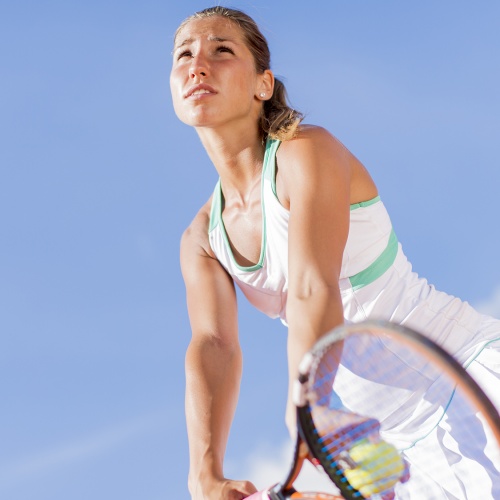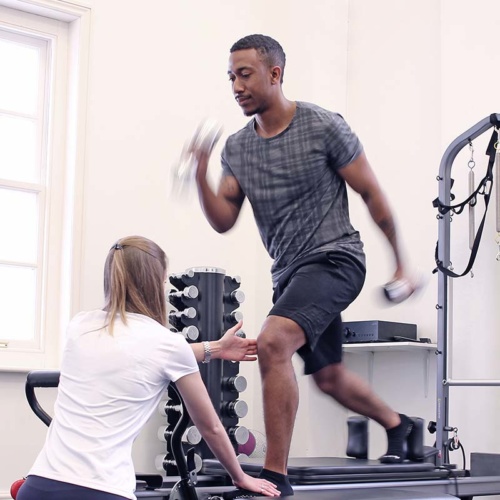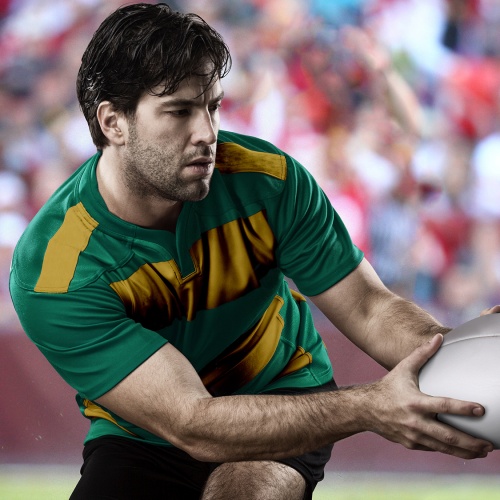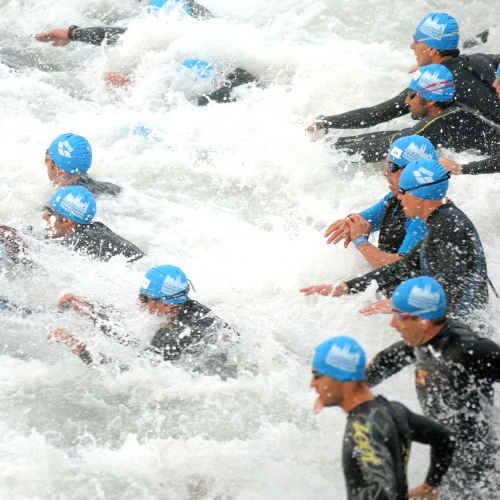For thousands of years, humans have been running and swimming. Cycling may be a more recent invention, but the past 100 years or so have seen it become one of the world’s most common forms of transport, and exercise.
Somewhere along the way – a competitive genius (or sadist) decided that combining all three unique activities into one race would be a good idea.
Each activity uses a completely different set of movements, different muscles, and requires different skill-sets. On one hand, it’s the perfect sport for those who like doing multiple things. But on the other, the duration of each leg, and the long hours of training required means that there’s a significant risk of postural imbalance, muscle strain and injury over time. If not during the race itself.
And that brings me onto my fourth triathlon discipline. Pilates.
Before you ask, I’m not suggesting the addition of a 5-mile Reformer carry into the triathlete’s repertoire. But as a really effective form of prehabilitation (body maintenance and injury avoidance) it can be a fundamental element of the athlete’s preparation.
Triathlons start with a swim. For some people, this is by far and away the hardest section of the race. It’s all too easy to hold large amounts of tension in the shoulders, which can cause a lot of discomfort through the tops of the shoulders, just at the point where the shoulder blade joins with the back.
Pilates sessions usually include a good stretch into the upper part of the Trapezius muscle, solid shoulder retraction exercises and stability work through the mid-part of the back. All of which reduce tension in the Trapezius and encourage the shoulders’ stabilising muscles to work through the back of the armpit and into the chest. By encouraging a posture that keeps the abs tight, ribs drawn in and the pelvis slightly tucked, Pilates also helps increase overall stability and reduce tension in the lower back.
The bike is next. It’s the longest leg and most isolative motion of the race. Maintaining the same hunched posture, for long periods of time, with the legs working against as much resistance as the competitor can bear is both painful and potentially harmful. The forward riding position places the lumbar spine into an almost flat and unsupported alignment, whilst the forces and pressures from the pedalling action are working at right angles to it. Unsurprisingly low back pain is a common problem for many cyclists.
Pilates’ focus on a strong and stable core strengthens the muscles that support the lumbar spine, and helps athletes reduce the amount of excessive movement at the pelvis, reducing shear tension through the lower spine. Its ability to strengthen and improve the biomechanical efficiency of the Glutei (our bum cheeks) can also aid in the knee aligning properly, reducing the risk of Iliotibial band friction and knee pain. And by encouraging the correct shoulder alignment it helps stop the scapulothoracic joints (where the shoulder blades join the ribs) from tightening up and causing discomfort around the base of the neck.
And to finish, the run. The most easily trained for and most natural, but with many times the runner’s bodyweight hitting the ground over thousands of strides, it’s also the section with the highest impact on joints and muscles alike.
To make matters worse, the majority of triathlons are run on tarmac, a notoriously unforgiving surface that does nothing to cushion the impact
It’s compounded by the fatigue factor that comes from already having already completed 2 gruelling disciplines, and that inevitably impacts on the runner’s posture, stability, technique and form. All of which significantly increase the stresses and resulting risks of injury.
By strengthening the core and encouraging correct muscle activation, Pilates significantly improves functional dynamic stability. By that, we mean the ability of the body to hold itself in better alignment for longer, even under fatigue, maintaining upright posture, stability and responsiveness. Stopping the knees from rotating inwards, and helping the leg muscles maintain their vital function as efficient ‘shock absorbers’ to protect the bones and joints from the repetitive impact of running.
TenPilates’ Dynamic Pilates programme is an immersive and highly effective discipline in itself. However, one of it’s core areas of excellence – and relevance to athletes and sedentary office workers alike – is its ability to develop strength and correct posture through the abdomen, bum, mid and upper part of the back – basically counteracting the effects of slouching and sporadic exercise that are such a harmful feature of modern life.
For athletes in particular, the focus on proper muscle activation and alignment can help ensure the that the body is best prepared for the stresses and pressures of exercise. With right muscles holding the joints in the right place at the right time, the athlete can improve endurance and performance whilst, equally importantly, reducing the risk and incidence of injury.





